From Exclusion to Inclusion: The Inspiring Journey of Adaptive Fashion
Adaptive Fashion – Empowering People with Disabilities
Breaking down barriers, individuals with disabilities are starting to make their voices heard in the world of fashion. But why has fashion for people with disabilities received such limited attention?
According to the World Health Organization, there are over 1 billion people, comprising 15% of the global population, living with disabilities. These individuals often face numerous challenges when it comes to selecting and wearing clothing.

Adaptive fashion is truly crucial for people with disabilities. | Source: Fashionunited
In 2019, the Leonard Cheshire disability charity conducted a survey that revealed alarming statistics. A staggering 75% of people with disabilities felt that their clothing needs were unmet, while a remarkable 96% believed that they were not receiving adequate attention from the fashion industry.
Danny Gomez, a person with a disability from the United States, eloquently expressed the significance of clothing, stating, “How I dress contributes to my confidence. However, it often feels like the clothes I’ve worn are less than satisfactory. My pants don’t fit properly due to my leg’s deformity from an accident, and my shirts are uncomfortably tight.”
Furthermore, the majority of fitting rooms in stores are ill-suited for people with disabilities, adding another layer of inconvenience. As one individual pointed out, “I have never come across a store with fitting rooms designed to accommodate people with disabilities. Every time I want to try something on, it becomes a significant challenge.”
The root cause of this neglect lies in the diversity of disabilities. Designing clothing for individuals with mobility issues, missing limbs, or visual impairments has often been delegated to small specialized companies. Meanwhile, major fashion brands have tended to overlook these demographics, deeming them unfit for their business models. In other words, fashion for people with disabilities has been marginalized due to its perception as a niche market, resulting in limited options.
However, the landscape is gradually changing as the fashion industry starts to recognize the untapped potential and unmet needs within the community of people with disabilities. This transformation has led to the rise of a new paradigm known as “adaptive fashion.”
Adaptive Fashion: Bridging the Gap for People with Disabilities
In recent times, the fashion world has begun to listen more attentively to the heartfelt needs of people with disabilities, giving rise to the concept of Adaptive Fashion.
Adaptive fashion is all about designing clothing that caters to the unique needs and abilities of individuals with disabilities. It first emerged in the 1980s when caregivers recognized the demand for “easy-to-wear” garments for people with disabilities.

Adaptive fashion makes dressing for people with disabilities easier. | Source: Euronews
The world of adaptive fashion introduces various features aimed at simplifying the dressing process. These include the use of Velcro fasteners (eliminating the need for manual dexterity to button up) and magnetic buttons, making it easier to put on and take off clothing. Footwear has also seen transformation, with long laces being replaced by convenient zipper fasteners.
Even jeans, a timeless wardrobe staple, have undergone alterations to provide comfort and convenience, ensuring ease of wear, even for those sitting in wheelchairs or wearing leg braces.
The birth of adaptive fashion seeks to dismantle the barriers that people with disabilities face and challenge outdated perspectives that have long dominated the fashion industry. It’s an essential part of a movement that celebrates the roles and beauty of the disabled community.

Individuals like Stephanie Thomas, the founder of Cur8able, a platform dedicated to styling fashion for people with disabilities, have transformed their desire to make fashion inclusive into a mission.
Major fashion brand Tommy Hilfiger has heavily invested in adaptive fashion. Collaborating with the non-profit organization Runway of Dreams, Tommy Hilfiger introduced the Tommy Hilfiger Adaptive line in 2017. The brand’s Fall 2021 Adaptive collection made a fresh appearance at the Runway of Dreams show on September 9th, marking another significant step forward.
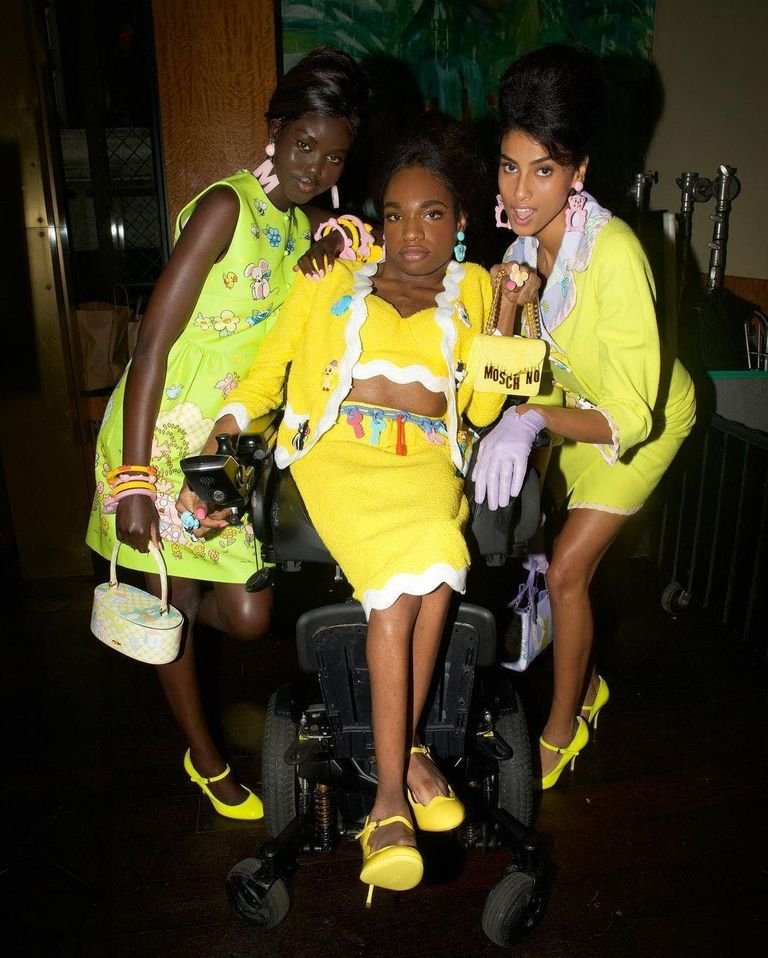
Aaron Philip, a transgender and disabled model, has shone on the Moschino catwalk. | Source: L’officiel
Continuing this momentum, JCPenney launched a product line for children with disabilities in July 2023, named “Thereabouts.” Michelle Wlazlo, Chief Merchandising Officer at JCPenney, emphasized that sensory and mobility needs were a top priority in the design process.
Dareen Barbar, a disabled athlete, expressed her enthusiasm, saying, “It’s fantastic to see major brands taking steps to change the game and make fashion for people with disabilities more comprehensive.”
The presence of disabled models such as Shaholly Ayers, Aaron Philip, Mama Cax, and Jack Eyers at various fashion weeks has demonstrated that “nothing is impossible.” Jack Eyers, the first male amputee model to walk the New York Fashion Week runway, boldly declared, “I just want to prove that being disabled doesn’t hold you back.”
The Future of Fashion for the Differently-Abled
Adaptive fashion could herald the beginning of a new era for the fashion industry, one built on principles of inclusivity and empowerment.
The adaptive clothing market is projected to reach $294.3 million by the end of 2026, growing at a CAGR of 2.3% from 2021 to 2026.

Olivia Chung, a wheelchair dancer, participates in the fashion event for people with disabilities, Access Breach: Radical Visibility. | Source: Edmond So
Over time, the voices of people with disabilities in the fashion world have gained increasing importance. Fashion shows featuring disabled models are becoming more prevalent.
These developments affirm that fashion belongs to everyone, and people with disabilities can readily find stylish and suitable clothing.
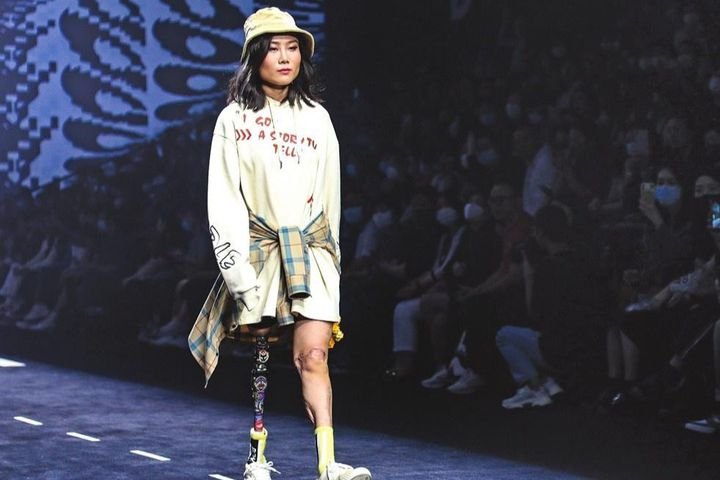
Niu Yu has become a shining star with a disability at Shanghai Fashion Week
In September of the previous year, Faduma, the founder of Faduma’s Fellowship, an organization advocating for people with disabilities, and her team of designers made their debut at London Fashion Week Spring-Summer 2022. Their goal? To achieve equality for people with disabilities.
All models in the show were individuals with physical disabilities, confidently showcasing fashion in wheelchairs before the audience. Faduma shared, “Today, we’ve opened a door of hope for more fashion designs catering to people with disabilities.”
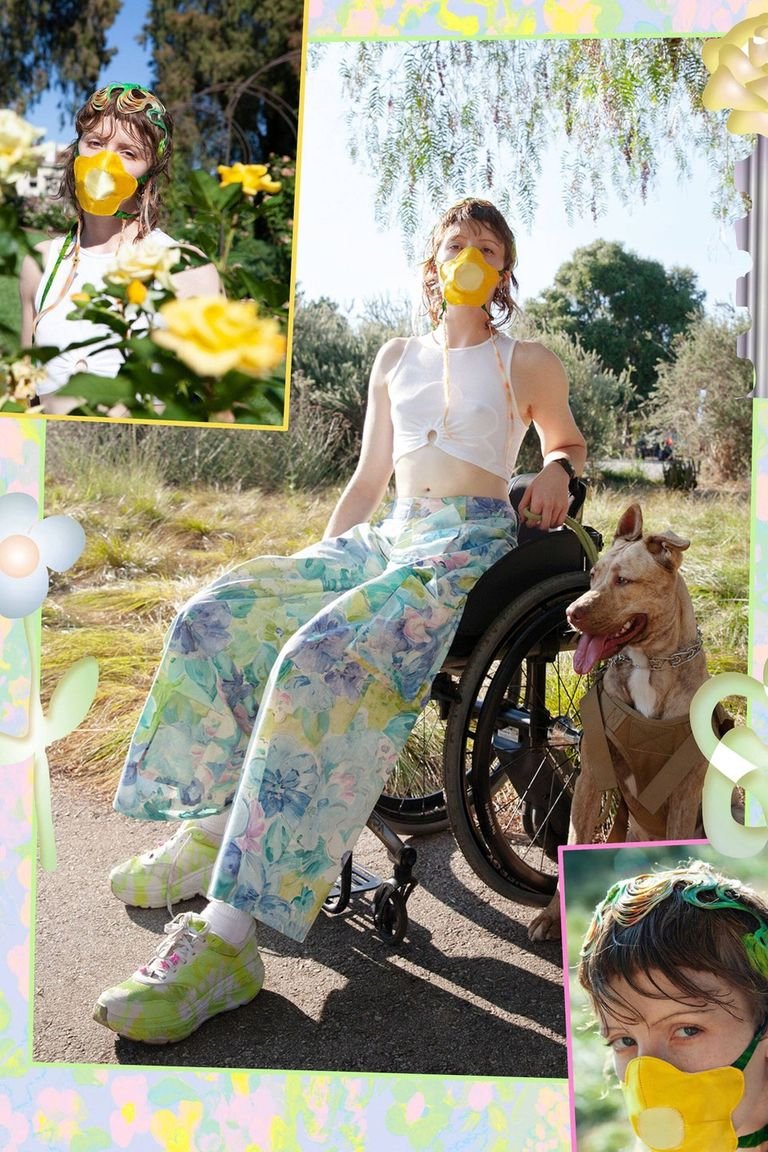
Emily Barker in the spring 2021 lookbook for Collina Strada. | Source: Vogue
Currently, the fashion industry is making steady, albeit gradual, progress in embracing the disabled community. These promising developments signal a brighter future for this specialized fashion sector.
Shaholly Ayers, a disabled model, acknowledges that there are still lingering concerns about inclusion and representation for people with disabilities. However, she hopes that the fashion industry will continue to evolve.
With these positive strides, adaptive fashion and those who wear it can look forward to a future filled with hope and joy in their everyday clothing choices. For the fashion industry, it’s a heartening sign that people of all shapes, sizes, and abilities can shop together.
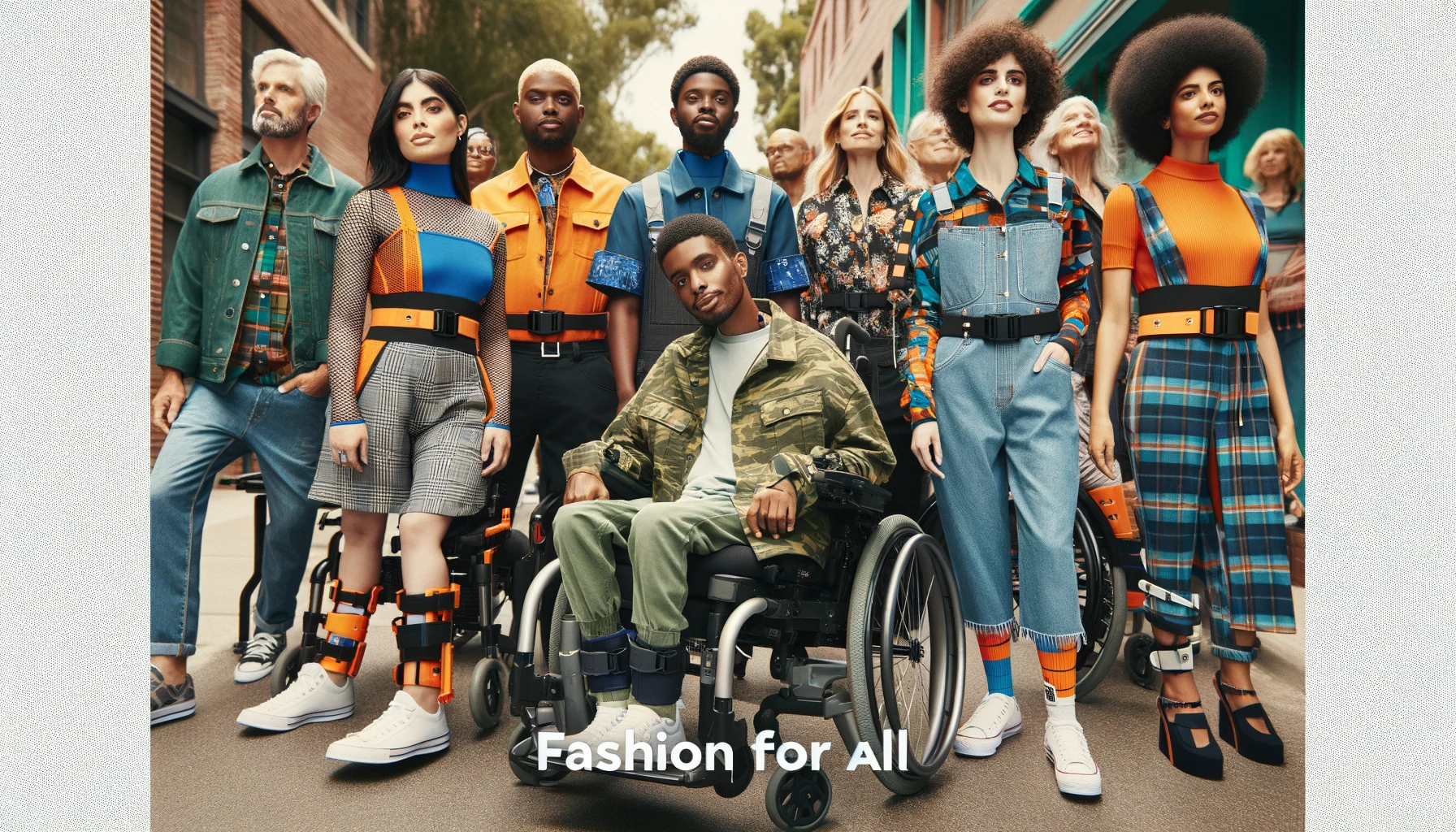

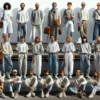
vaseline lip therapy
I was recommended this website by my cousin I am not sure whether this post is written by him as nobody else know such detailed about my trouble You are amazing Thanks
Dawn Hackett
Unleash AI’s power and turn it into your income stream.
Jany Kohler
Fantastic site Lots of helpful information here I am sending it to some friends ans additionally sharing in delicious And of course thanks for your effort